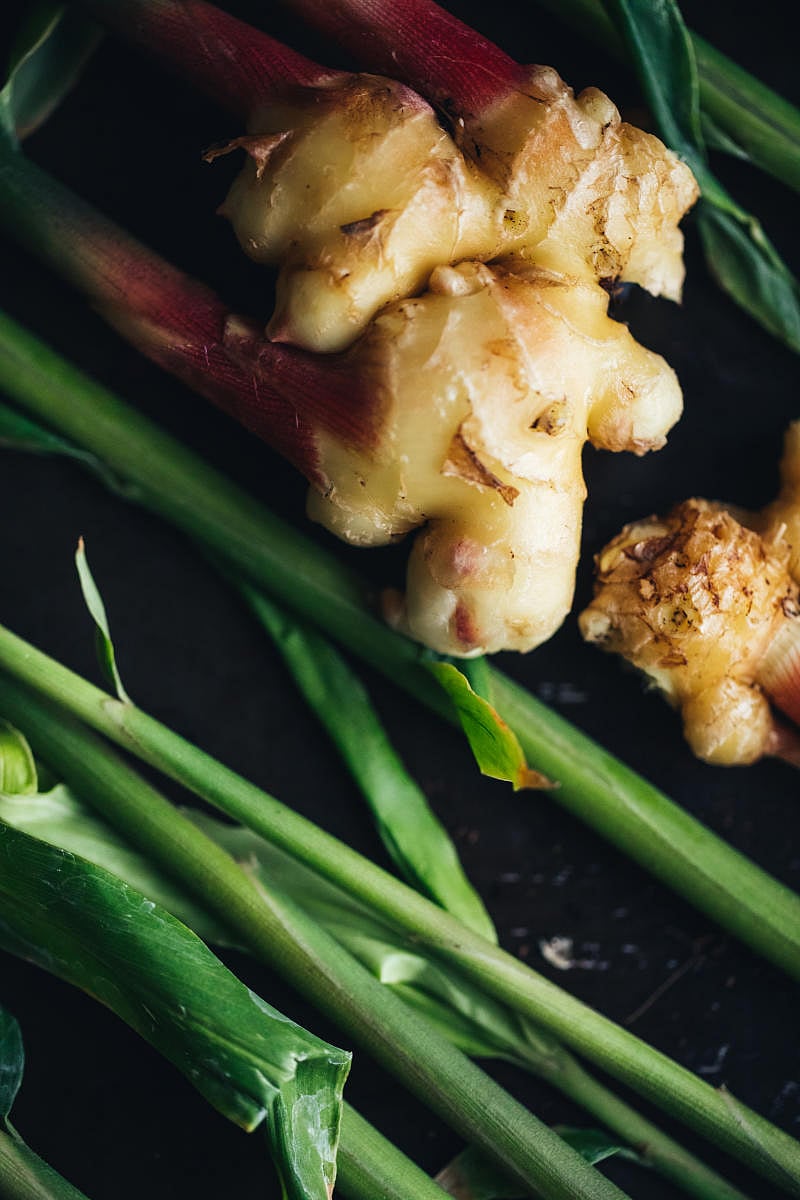
Charles Darwin was baffled by flowers. In his pioneering book On The Origin of Species, Charles Darwin writes about how populations evolve gradually based on natural selection. Twenty years after writing the seminal book, what still perplexed him most was the origin of flowers. Until the middle of the Cretaceous period, fossil records show the forests were green with cycads, ginkgoes, conifers and ferns. Flowering plants (also called as angiosperms) were non-existent. But sometime in the middle of the Cretaceous period, there was a sudden boom of angiosperms. It seemingly contradicted his theory that evolution was gradual. Darwin called it the “abominable mystery.”
In 1881, he speculated that Angiosperms must have evolved in some remote corner of the world and a catastrophic event must have triggered their abrupt spread. But there isn’t any record of such an event. What caused the world to transform from a muted green into a colourful one remains a mystery.
Evolution allows for all sorts of possibilities and eventually explores all its choices at its disposal. For example, would it not be strange for a plant to have stems underground? Surprisingly, there are plants of such nature, and we know them as rhizomes. Two popular rhizomes, which are part of our daily life, are ginger and turmeric. Both belong to the family of Zingiberaceae. They have nodes from which leaves shoot above the soil and adventitious roots that grow beneath.
They have an inflorescence that appears around six to eight months. Both ginger and turmeric are used as cooking spices and also as medicine. Turmeric holds great significance in Indian culture. It is considered auspicious and sacred.
Bounty is possible
Ginger and turmeric are low-maintenance plants to grow. Both take nearly 10 months to mature and harvest. They are usually planted in spring and harvested in late winter. Planting them in the ground allows them to spread in a wide area. As urban gardeners with limited spaces, we can grow them in pots and still harvest a bounty. The rules for growing ginger and turmeric are more or less the same. Let’s see how to go about it.
How to choose: You can use the ginger and turmeric that you buy from your grocery store. Select a rhizome that is big with visible eyes.
How to plant: Since the stems run horizontally and not deep, you need a pot with a wide area. A rectangular pot, two feet in length, or a round pot with a wide mouth is ideal. Soil medium can be fresh compost mixed with a powdery soil. Plant the rhizomes with their eyes pointing up, two to four inches deep and six inches apart, making sure the eyes are not exposed. Spray water and ensure that it’s completely absorbed. It takes nearly six to eight weeks for the leaves to appear. Until then, keep the soil moist, but do not overwater. Watering on alternate days is sufficient.
Here is a tested way to make sure that the leaves spring up; cover the pot with a sheet of newspaper or cloth. It keeps the soil moist and also adds some humidity. Uncover while watering and cover it back. Once the shoots appear, the covers are no longer needed. Until the next few months, water when the soil is dry.
How much sunshine: The rhizomes like the full sun when planted in the ground. If it is grown in a pot, place it in partial sun. Nothing makes the plants happy like rain. During monsoons, allow the plant to get wet in the rain. Ensure the water drains and doesn’t stagnate in the pot.
Nine months later, the leaves start to dry, an indication that the rhizomes are ready to harvest. Use a spade to pull out the rhizomes and wash the mud away in running water. For the next cycle, reuse the pot with renewed soil.
How to store: Turmeric and ginger can be cut into thin slices and sun-dried until they dry and shrink in size. Grind them in a blender to a powder and store them in airtight containers. They have a long shelf life and stay aromatic for more than a year.
Happy gardening! Until, next time, cheers from mango flowers!
Motley Garden is your monthly pot-pourri of observations and lessons from gardening and nature.
The author is a botanical artist from Bengaluru. You can find her on Twitter and Instagram as @neelavanam